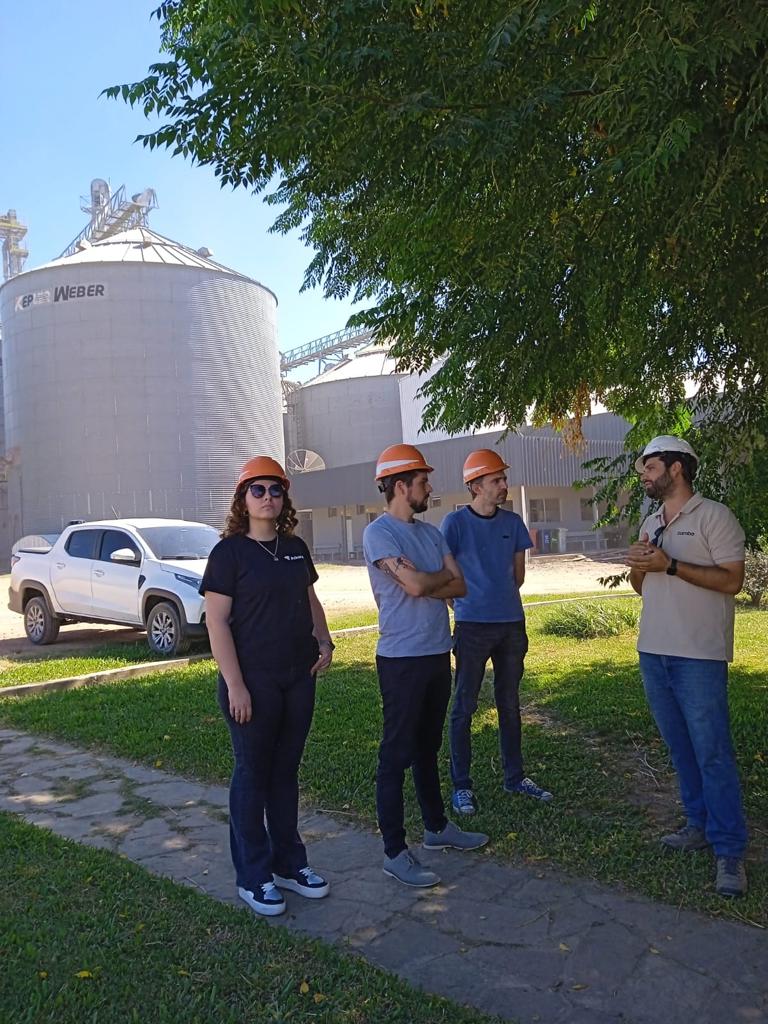By Pablo Miranda.
One of the most challenging stages for most companies is optimizing business processes and digital innovation. The concept of continuous process improvement is not new. What changes is the way it is executed. It’s time to talk about Fusion Teams.
Traditionally, there was a project where the systems analyst role surveyed expert users in the business, and the redesign was thought. Then this information was transferred to a development team that implemented the requirements with various programming tools.
Today the ideal approach is the formation of interdisciplinary teams that combine knowledge of the business and the technological platform. The evolution of technology and the abstraction of development have allowed low-code/no-code tools, such as the Microsoft Power Platform, to position themselves as the primary option for process optimization. In this way, we can translate the solutions in a short time and with good results.
The working groups are called Fusion Teams and have three key roles:
- Business Expert
- Citizen Developer
- Professional Developer
The Business Expert knows the processes and their problems or bottlenecks. This person interacts with the Citizen Developer to co-create the solutions made on the low-code platform. The solutions can be applications, forms, automated workflows, virtual assistants, or web applications, which work in an integrated way with the organization’s existing technology. There, the Professional Developer participates, if necessary, in generating the integrations of the different pieces of the puzzle of digital innovation.
The Citizen Developer must have agile thinking, know techniques to transform ideas into solutions, and must also be able to build the solution with low-code tools. This role does not have to come from a software development career. It is recommended that you have training for the area or industry of the company in which you optimize the processes.
Digital innovation must be measured, and the indicators improved by implementing these solutions. We must define the variables and how they interact with the company’s strategy. It is not enough to add technology if it does not improve the indicators of the process. And if it improves them, they must be part of a strategic objective that is also evolving, which tells us that we are on the right path to digital transformation.






